
Word of the Month: February
February: 信号機 (Shingōki) “Shingōki” 信号機is the Japanese term for traffic light. This month, as the Japan-America Society of Washington DC is sharing terms associated with travel in Japan with you, we will talk about...

February: 信号機 (Shingōki) “Shingōki” 信号機is the Japanese term for traffic light. This month, as the Japan-America Society of Washington DC is sharing terms associated with travel in Japan with you, we will talk about...
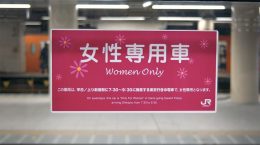
January: 女性専用車 (josei senyosha / women-only cars) The Japan-America Society of Washington DC would like to wish you a very Happy New Year! This year, we would like to introduce you to words and...

December: スパー歌舞伎 (supa kabuki) Super Kabuki is a form of modern Kabuki created by Ichikawa Ennosuke III, a famous Kabuki actor, in 1986. The first program was “Yamato Takeru.” In 2014, Ichikawa Ennosuke IV...
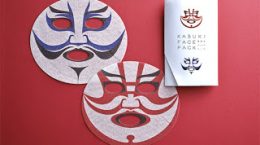
November: 隈取 (kumadori) Kumadori, also called kuma, is Kabuki’s most distinctive makeup technique. It is a nonrealistic makeup emphasizing the movement of the facial muscles. With this makeup, it is easy for the audience...
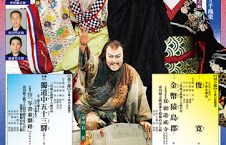
October: 早変わり (hayagawari) The leaflet above states the actor, Ichikawa Ennosuke, will change his costume to play 18 different characters. This is made possible by a technique called hayagawari. This word means “quick-change technique”...
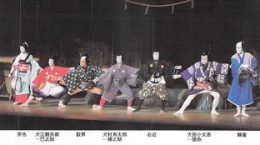
August: だんまり (danmari) Danmari means to be silent or a person who rarely talks. In Kabuki, danmari is a type of wordless pantomime where a group of characters perform a battle. The word literally...
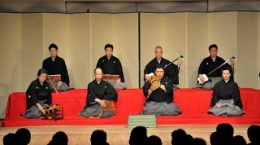
July: 囃子 (hayashi) Hayashi. “Orchestra.” Kabuki uses musicians who play percussion and wind instruments. The four basic instruments adopted from the Noh are the flute (fue), small drum (kotsudumi), large drum (otsuzumi), and stick...
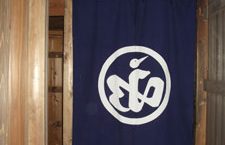
June: 揚げ幕 (agemaku) Maku are a vital part of Kabuki production. A number of different kinds of curtains, or maku, are used, including the traveler show curtain (joshiki maku or hiki maku), the drop...

May: 奈落 (naraku) Naraku is the Japanese word for “Hell.” It refers to the area beneath the stage and hanamichi. The revolving stage (called mawari butai) and elevator traps (called seri) made it necessary...
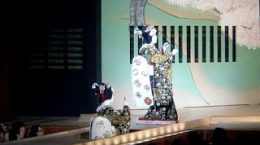
April: すっぽん (suppon) Suppon, meaning “snapping-turtle,” is a word used to describe a stage trap located at the place on the hanamichi called shichisan. It is used for the entrances and exits of ghosts,...